Lesson 24 Part 2
When only two litter casualties are loaded, the sequence is:
Upper right berth.
Lower right berth.
Ambulatory casualties (on left side).
e. Load Casualties into an M113 Full-Tracked Armored Personnel Carrier
![]()
FIGURE 24-7. M113 ARMORED PERSONNEL CARRIER
An M113 armored personnel carrier can be transformed into an ambulance by removing the spall liner and installing the litter suspension kit. (Litter casualties cannot be safely moved if the litter suspension kit is not installed.) The M113 tracked ambulance can carry four litter casualties or ten ambulatory casualties or a mixed load of two litter casualties and five ambulatory casualties.
When four litter casualties are evacuated, they are loaded into berths in the following order:
Upper right berth.
Lower right berth.
Upper left berth.
Lower left berth (most seriously injured casualty).
24-5. LOAD CASUALTIES INTO AIR AMBULANCES
Casualties may be evacuated by helicopter, especially if the distance to be traveled is great and the location hard to reach. Air ambulances have medical specialists to take care of the casualties during evacuation. Follow their instructions for loading, securing, and unloading casualties.
a. General Rules
Remain 50 yards from the helicopter until the litter squad is signaled to approach the aircraft.
Approach the aircraft from the front so the litter squad is in full view of the pilot. Keep a low silhouette when approaching the aircraft.
Approach and leave the aircraft quickly, but do not run.
Avoid the area near the rear rotor of the Blackhawk and Iroquois air ambulance helicopters. If you must go from one side of the helicopter to the other, go around the front of the helicopter.
WARNING
NEVER GO AROUND THE REAR OF THE HELICOPTER AND ALWAYS GO FROM THE DOWNHILL SIDE. TAKE ORDERS FROM THE COMBAT MEDIC OR THE LOADMASTER OF THE AIRCRAFT.
Load the most seriously injured casualty last.
Load the casualty which will occupy the upper berth first; then load the next litter casualty immediately under the first casualty. This is done to keep a casualty from accidentally falling on another casualty should his litter drop before it is secured.
When casualties are placed lengthwise, position them with their heads pointing forward toward the direction of travel.
Make sure each litter casualty is secured to his litter.
Make sure each litter is secured to the aircraft.
Unload casualties in the reverse order in which they are loaded. Unload the most seriously injured casualty first.
b. Load Casualties into a UH-60A Blackhawk Air Ambulance
A Blackhawk is the primary air ambulance used in combat. The normal MEDEVAC (medical evacuation) kit allows the Blackhawk to carry four litter casualties and one ambulatory casualty or seven ambulatory casualties or a mixed load of two litter casualties and four ambulatory casualties.
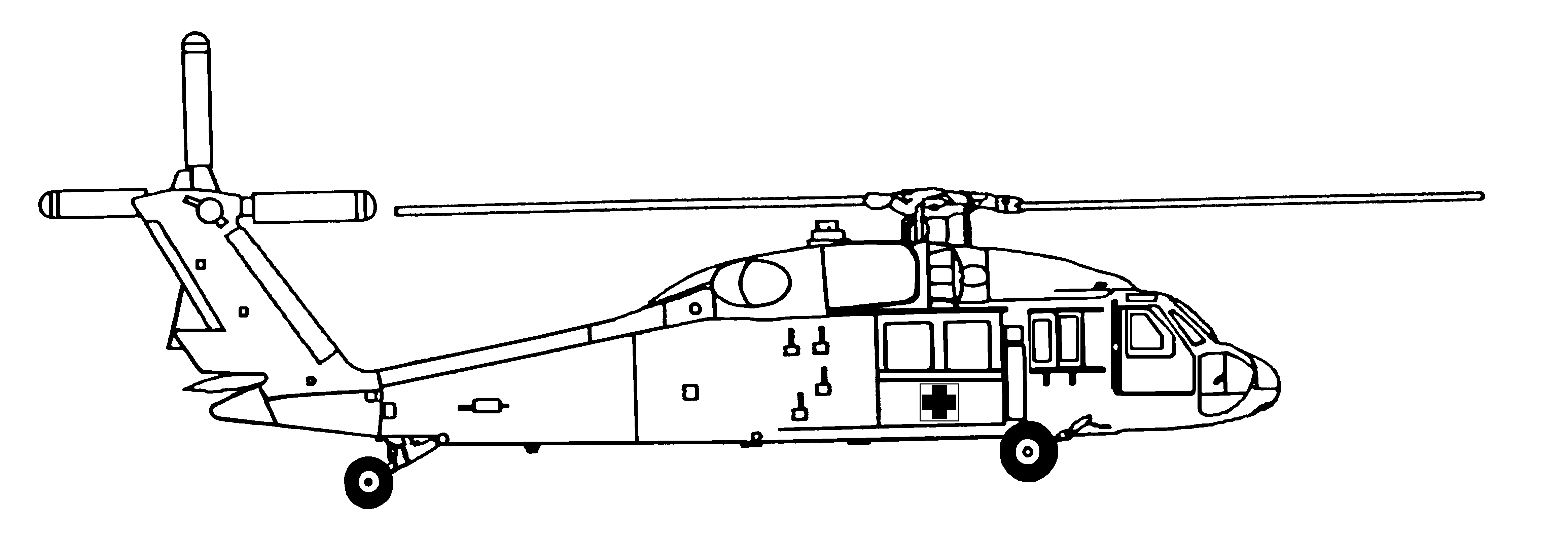
FIGURE 24-8. BLACKHAWK AIR AMBULANCE
Another MEDEVAC kit allows for a configuration of six litter casualties and one ambulatory casualty or seven ambulatory casualties or a mixed load of three litter casualties and four ambulatory casualties. Litter casualties can be loaded on both sides of the helicopter simultaneously.
c. Load Casualties into a UH-1H/V Iroquois Air Ambulance
An Iroquois can evacuate six litter casualties or nine ambulatory casualties or a mixed load of three litter casualties and four ambulatory casualties.
When six litter casualties are evacuated, load the casualties lengthwise with three casualties on each side. The heads of all casualties point forward toward the direction of travel.
![]()
FIGURE 24-9. IROQUOIS AIR AMBULANCE
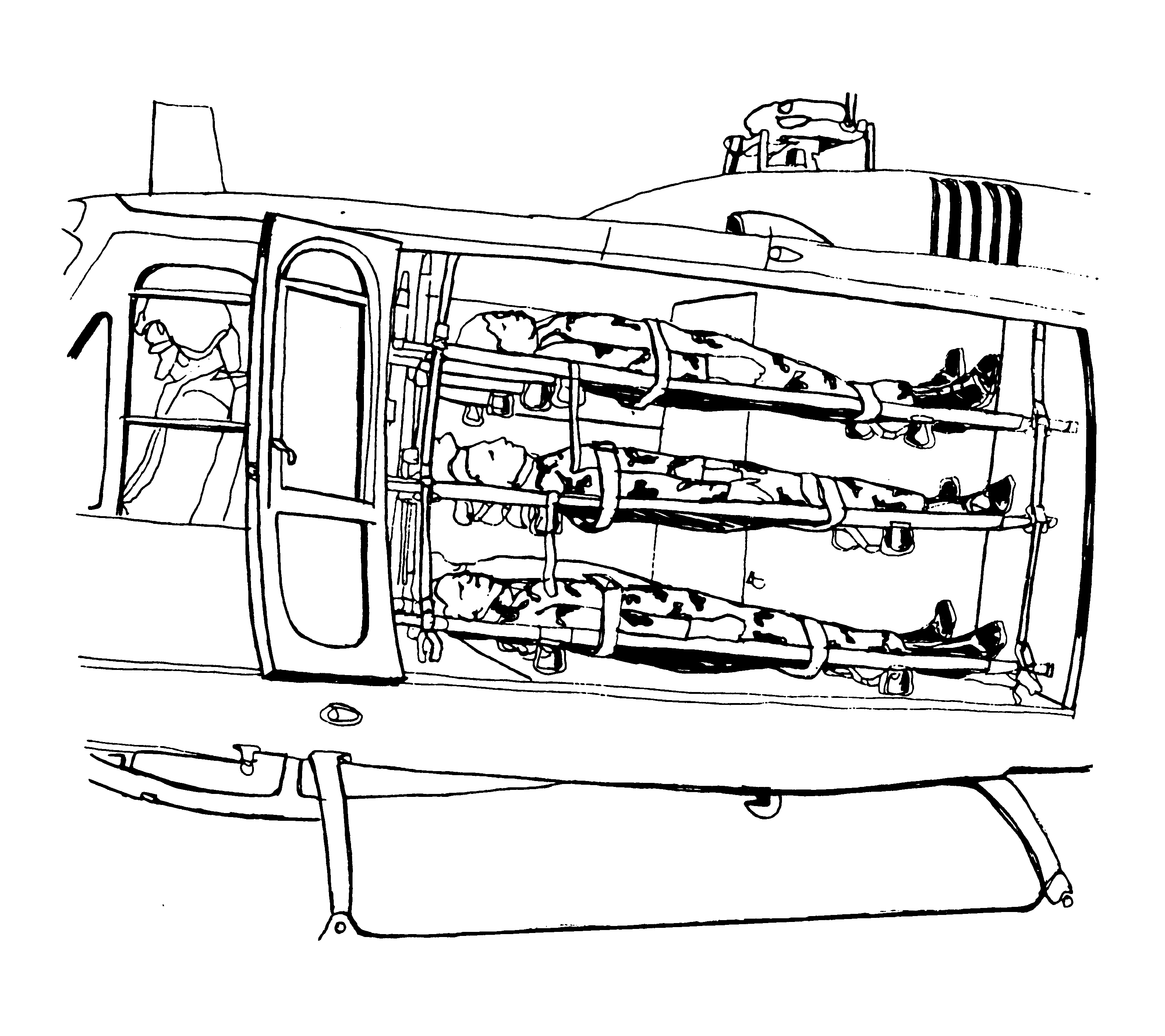
FIGURE 24-10. IROQUOIS AIR AMBULANCE
WITH SIX LITTER CASUALTIES
When loading a mixed load, three litters are placed crosswise across the back of the compartment with the ambulatory casualties seated in the aft part of the compartment (two on the right side and two on the left side).
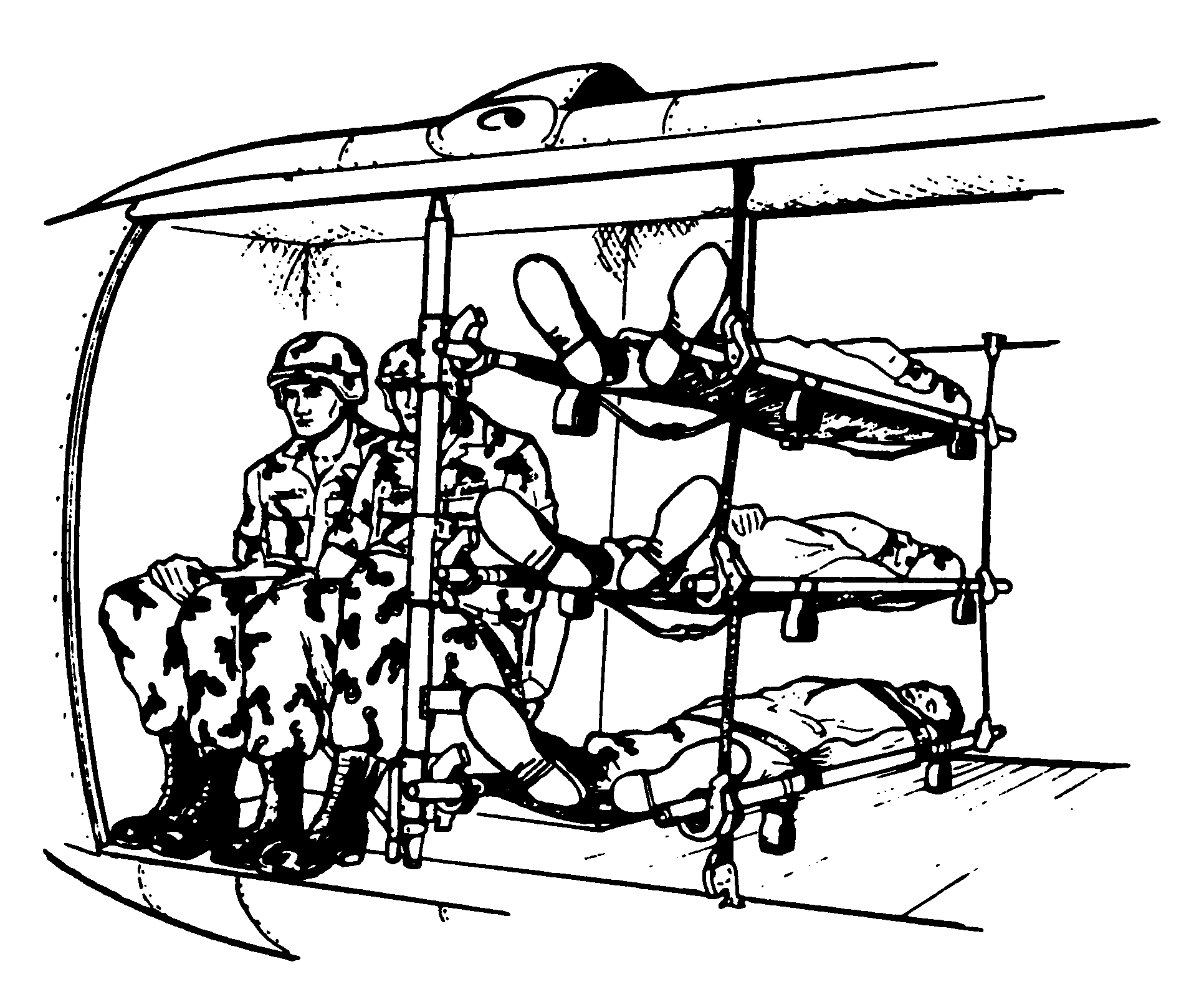
FIGURE 24-11. IROQUOIS AIR AMBULANCE WITH A MIXED LOAD
d. Load Casualties into a CH-47 Chinook Air Ambulance
The CH-47 Chinook air ambulance is a dual rotary-wing aircraft with a capacity of up to 24 litter casualties or 31 ambulatory casualties or several combinations of mixed loads. Litter racks are filled from front to back and from top to bottom. When the configuration is a mixed load, the ambulatory casualties are usually seated in the front of the compartment.
![]() FIGURE
24-12. CHINOOK AIR AMBULANCE WITH LOAD CONFIGURATIONS
FIGURE
24-12. CHINOOK AIR AMBULANCE WITH LOAD CONFIGURATIONS
24-6. LOAD CASUALTIES ON GROUND MILITARY VEHICLES
Nonmedical military vehicles can be used to evacuate casualties when no medical evacuation vehicles are available.
If medical personnel are present, follow their instructions for loading, securing, and unloading casualties.
a. General Rules for Using Tactical Ground Vehicle
When loading casualties into a vehicle, load the most seriously injured casualty last.
When casualties are placed lengthwise, position them with their heads pointing toward the direction of travel.
Make sure each litter casualty is secured to his litter (use litter straps, if available).
Make sure all litters are secured to the vehicle.
Unload casualties in the reverse order in which they are loaded, with the most seriously injured casualty being unloaded first.
 b. Load Litter Casualties Onto 1 1/4 Ton , 4x4, M998 (Four-Man Configuration)
b. Load Litter Casualties Onto 1 1/4 Ton , 4x4, M998 (Four-Man Configuration)
FIGURE 24-13. TRUCK, CARGO/TROOP CARRIER 1 1/4 TON,
4X4, M998 (Four-Man Configuration)
The 1 1/4-ton cargo truck, four-man configuration can be easily adapted to transporting three litters. To convert this vehicle for carrying , follow the procedures listed below.
Remove the cargo cover and metal bows. Secure them in place. Lower the tailgate.
Place two litters side-by-side across the back of the truck with the litter handles resting on the sides of the truck.
NOTE: When the route of evacuation is along narrow roads or trails, care must be taken to prevent the litter handles from catching on trees or bushes.
Secure the litters to the vehicle.
Place one litter lengthwise, head first, in the bed of the truck. Secure it in place.
Leave tailgate open. It is supported by the two tailgate chain hooks.
c. Load Litter Casualties Onto an M880/890 or M1008, 4x4/4x2, 1 1/4-Ton Cargo Truck
Both cargo trucks are light-weight vehicles used to transport personnel or light cargo. They can be adapted to evacuate up to five litter casualties.
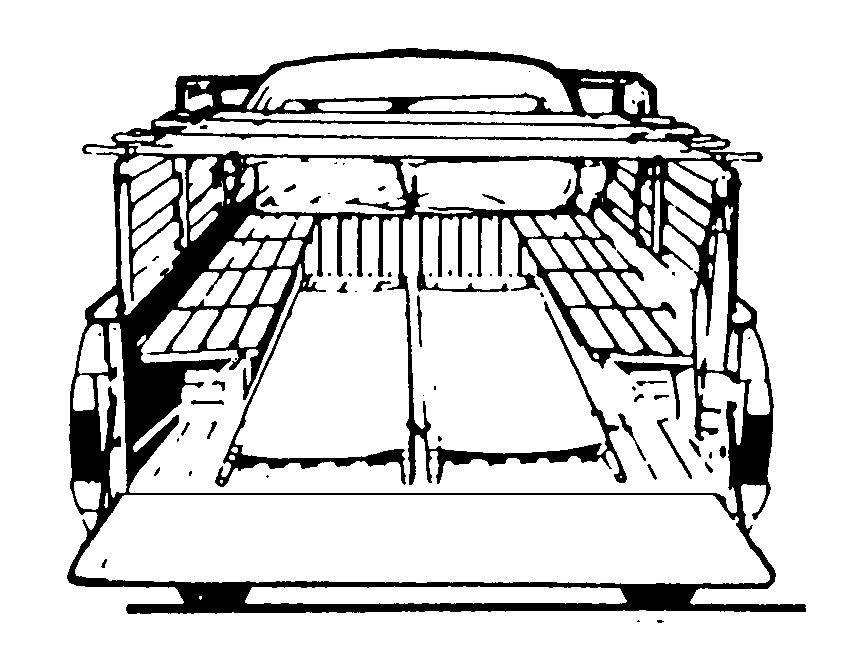
FIGURE 24-14. M880 1 1/4-TON TRUCK (WITH LITTERS)
Prepare the vehicle for evacuating litter casualties in the following manner.
Fold the fabric cover and metal bows forward (toward the truck cab) as an assembly and secure the assembly to the front bow.
Lower the tailgate.
Lower the seats and lock them in place.
Load litter casualties in the following manner. Secure each litter to the vehicle as it is loaded into place.
Load the first litter crosswise across the sideboards close to the truck cab, usually with the casualty's head behind the driver's seat.
Load the second and third litters in a similar manner. Usually, the second casualty loaded with his head behind the passenger's seat and the third casualty loaded with his head behind the driver's seat (loaded alternately head to foot).
Load the fourth litter head first (toward the cab) on the right side of the bed of the truck. The stirrups will keep the litter off the floor.
Load the fifth litter head first on the left side of the bed of the truck. The stirrups will keep the litter off the floor.
Raise and fasten the tailgate to secure the lower litters.
d. Load Litter Casualties Onto a 2 1/2-Ton or 5-Ton, 6x6, Wide Bed Cargo Truck
The 2 1/2-ton truck and the 5-ton cargo truck can be used to transport up to 12 litter casualties each.
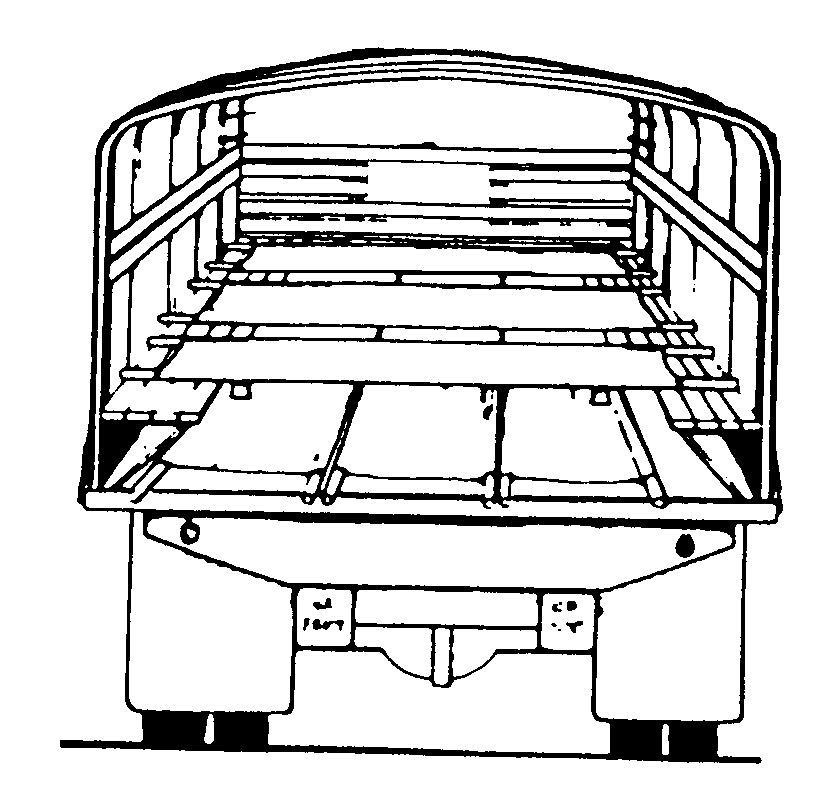
FIGURE 24-15. 2 1/2-TON CARGO TRUCK (WITH LITTERS)
NOTE: The illustration shows only nine litters being transported: three litters on the floor in the front of the truck (hidden in illustration), three litters on the floor in the rear, and three on the seats. ANY VEHICLE CAN BE USED IF THESE ARE NOT AVAILABLE.
Prepare the truck for evacuating litter casualties in the following manner.
Roll the canvas top forward toward the truck cab and secure it to the front bow.
Lower the tailgate.
Lower the seats and lock them in place.
Load litter casualties in the following manner. Secure each litter to the vehicle as it is loaded into place.
Load the first group of three litters crosswise across the seats in the front half (near the cab) of the truck with the litter handles resting on the seats. The casualties are usually placed alternately head to foot (head of first casualty behind driver, head of second casualty behind passenger's side, and head of third casualty behind driver).
Load the second group of three litters lengthwise on the floor in the front half (near the cab) of the truck beneath the first group of litters. Load the casualties head first (head toward the cab). The stirrups will keep the litters off the floor.
Load the third group of three litters crosswise across the seats in the rear half of the truck with the litter handles resting on the seats. Continue to alternate casualties (head of seventh casualty next to feet of third casualty, etc.).
Load the fourth group of three litters lengthwise on the floor in the rear half of the truck beneath the third group of litters. Load the casualties with their heads toward the cab. The stirrups will keep the litters off the floor.
Raise and secure the tailgate as high as possible to help secure the litters in place.